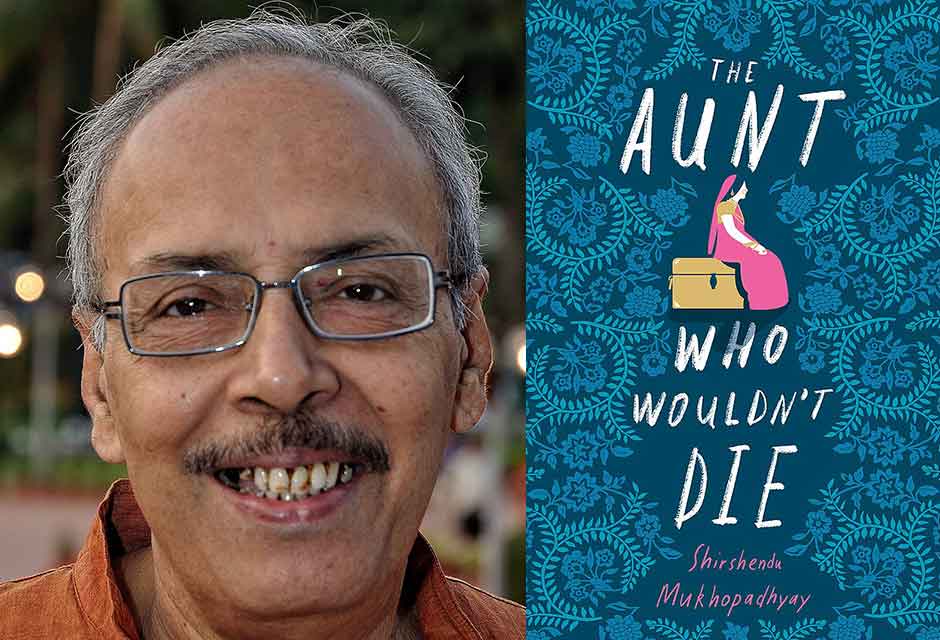The Aunt Who Wouldn’t Die by Shirshenda Mukhopadhyay, India, 1993
This book was first published in Bengali in 1993; in 2017 it was published (also in India) in English.
At only 167 pages The Aunt Who Wouldn’t Die is more of a novella than a novel and, depending on the reader, can be seen as a one-sitting read. Delightfully different it is coloured by the traditional fairy story while still sitting very firmly in the real world.

Somlata, a poor Indian girl, marries into an aristocratic family where the very idea of work is anathema, and where everyone survives by selling off the family property – both land and gold. Then Pishima, an aunt to Somlata’s husband, Chakor Mitra, dies suddenly and her ghost begins to haunt Somlata. Things become complicated when Pishima’s ghost asks Somlata to hide a jewellery box. Somlata knows that the other members of the family see the jewellery box as a guarantee that they can continue with their slothful existence, and she decides that she has to do something to secure the family’s fortune while changing its attitude to work.

The story skilfully covers three generations represented by three strong women: Pishima, Somlata and Boshon (Somlata’s daughter). It steps lightly between the different characters and experiences to eventually tie everything into a surprising whole. The aunt, who had spent most of her life as a widow without any rights, used hate and a spiteful tongue as ways of coping in a male-dominated society, while Somlata was able to use her quick mind to create order and progress from decay and chaos. Finally Boshon understands that true love is greater than anything else and the only way of moving forwards.
There are a number of delightful twists to this story; I am sure that you will enjoy it.